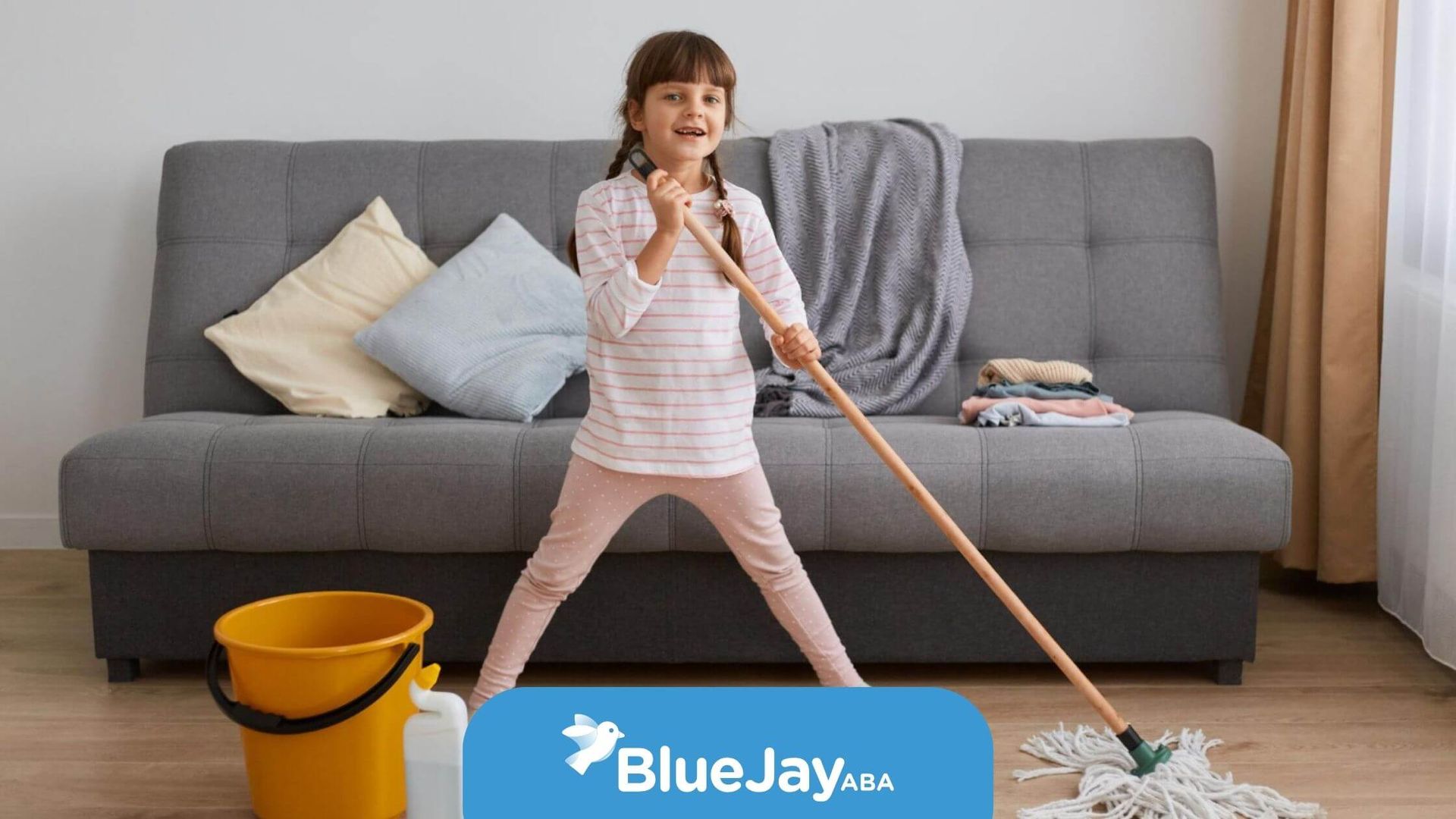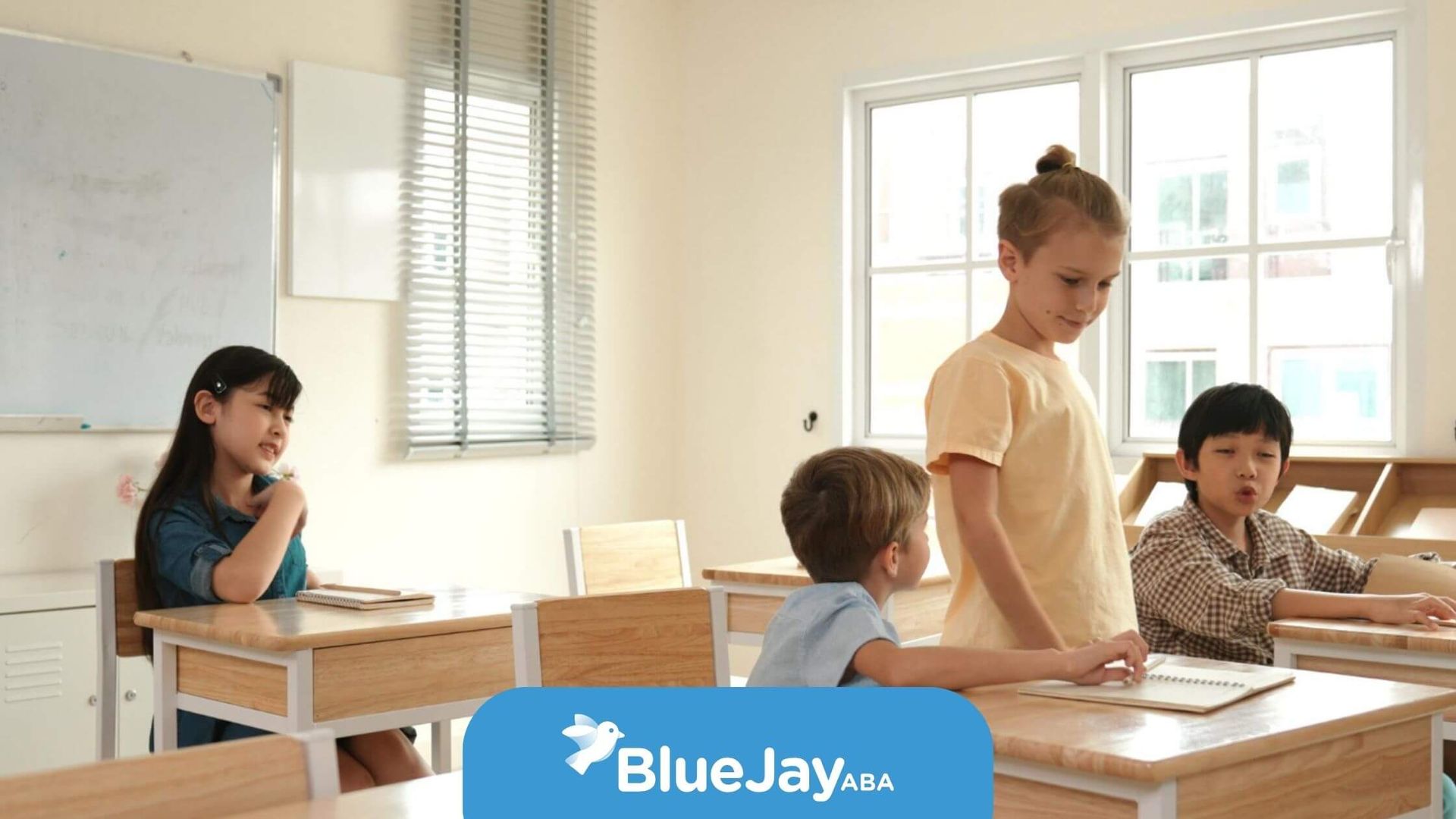How ABA Therapy for ADHD Can Transform Lives
Applied Behavior Analysis, or ABA therapy for ADHD, offers families and professionals a clear path to improving attention, reducing impulsivity, and strengthening positive behaviors. Attention Deficit Hyperactivity Disorder affects nearly one in ten children in the United States, and symptoms such as distractibility, hyperactivity, and difficulty with self-control can make school, home routines, and social interactions challenging. By using evidence-based techniques like positive reinforcement and task analysis, ABA therapy builds new skills while diminishing unhelpful behaviors. This article examines how ABA therapy for ADHD transforms lives, covering its core methods, proven benefits, integration with medication, guidance for finding qualified providers, and strategies for home support. Parents, caregivers, therapists, and educators will gain practical insights into launching and sustaining an effective ABA program that drives lasting improvements in focus, behavior, and social success.
Understanding ABA Therapy
Applied Behavior Analysis grew from behaviorism, which views actions as shaped by environmental factors. In ABA therapy for ADHD, certified behavior analysts assess a child’s strengths, needs, and challenges to design a personalized treatment plan. Sessions often include discrete trial training—short, focused teaching moments—and naturalistic approaches that reinforce positive behaviors in real-world settings.
Key principles include:
- Positive reinforcement, where desired behaviors trigger rewards to increase their frequency
- Data-driven decision making, using ongoing measurement to adapt goals and strategies
- Task analysis, which breaks complex activities into manageable steps
According to the Centers for Disease Control and Prevention, behavior therapy is a recommended first step for children under age six, and combining it with medication is advised for school-age children and adolescents. ABA therapy extends these recommendations by providing a structured framework to teach coping strategies, enhance communication, and support self-management.
Core ABA Techniques
ABA therapy employs a variety of techniques tailored to ADHD symptoms. Below are five foundational methods:
Positive Reinforcement
Therapists reinforce target behaviors, such as staying seated or completing a worksheet, by providing praise, tokens, or access to preferred activities. Over time, children learn to repeat those behaviors in the absence of immediate rewards.
Token Economy Systems
A token economy awards tokens for specific behaviors. Once a set number of tokens is earned, they can be exchanged for tangible rewards. This system promotes consistency and helps children track progress toward behavior goals.
Task Analysis and Chaining
Complex tasks (for example, tying shoes or following a multi-step assignment) are broken into smaller, sequential steps. The child masters each step before moving on, building confidence and competence.
Visual Supports and Schedules
Visual charts, cue cards, and daily schedules guide children through routines and transitions. Clear, predictable cues reduce frustration and help maintain focus in busy environments.
Self-Management Training
Children learn to monitor their own behavior using checklists or self-recording tools. Over time, they internalize strategies for impulse control and sustained attention.
| Technique | Description | Targeted ADHD Symptom |
|---|---|---|
| Positive Reinforcement | Rewarding desired actions immediately | Inattention, impulsivity |
| Token Economy | Earning tokens to exchange for rewards | Task completion, self-control |
| Task Analysis | Breaking tasks into teachable steps | Following instructions, persistence |
| Visual Supports | Using cues and schedules to guide behavior | Transitions, organization |
| Self-Management Training | Teaching self-monitoring and goal tracking | Impulse control, focus |
Benefits for ADHD Treatment
Research indicates that ABA therapy produces significant improvements in core ADHD symptoms and overall functioning. Key benefits include:
Improved Attention and Task Completion
Techniques like task analysis and self-management help children break assignments into manageable parts, reducing overwhelm and boosting on-task behavior.
Reduced Hyperactivity and Impulsivity
Structured reinforcement schedules and self-monitoring strategies teach impulse control. Over six months, many children exhibit sustained declines in impulsive actions and excessive movement.
Enhanced Social and Communication Skills
ABA interventions often include role-playing, social stories, and peer interaction opportunities. These approaches foster positive social exchanges and improve conversational turn-taking.
Better Academic Performance
By focusing on study routines, homework completion, and organization skills, ABA therapy supports gains in grades and classroom engagement.
Lower Medication Dependency
Studies show that combining behavioral therapy with medication often allows for reduced stimulant doses while maintaining symptom control, and some children require fewer medication adjustments over time.
Combining ABA and Medication
For children ages six and older, blending ABA therapy with pharmacological treatments yields stronger outcomes than either approach alone. Medication helps regulate neurotransmitter function, while ABA addresses skill development and behavior management.
Research suggests that this dual approach can:
- Enhance overall symptom management
- Reduce the need for higher medication doses
- Provide a balanced focus on biological and behavioral factors
Clinicians typically collaborate to adjust medication based on behavioral data collected during ABA sessions, creating a dynamic, individualized treatment plan.
Finding Qualified Therapists
Identifying the right provider is critical to therapy success. Families and school personnel should look for:
Proper Credentials
- Board Certified Behavior Analyst (BCBA) or Licensed Behavior Analyst (LBA)
- Membership in professional bodies such as the Behavior Analyst Certification Board (BACB) and the Association for Behavior Analysis International (ABAI)
Experience With ADHD
- Demonstrated history of designing ABA programs for attention-related challenges
- Familiarity with school-based interventions and collaboration with educators
Ongoing Progress Monitoring
- Regular data collection and transparent reporting to families and schools
- Adjustments to goals and methods based on measurable outcomes
Family Involvement Practices
- Structured parent training sessions
- Guidance on reinforcing strategies outside of formal therapy
Parents and educators can find certified professionals through directories on the BACB and ABAI websites.
Supporting Therapy at Home
Generalization of skills outside clinic sessions makes ABA therapy more effective. Families and caregivers can support progress by:
- Establishing Consistent Routines
Use visual schedules for morning, school, and homework activities. - Implementing Home-Based Reinforcement
Apply token systems or simple reward charts for chores, homework, and self-care tasks. - Creating Structured Environments
Reduce distractions during work periods by organizing materials and limiting noise. - Practicing Skills in Real-World Settings
Role-play sharing, waiting turns, and conversational skills during family activities. - Tracking Daily Behaviors
Keep a simple log of target behaviors and positive changes to share with the therapist.
Behavioral parent training programs, as documented in peer-reviewed studies, strengthen parent-child interactions and reduce family conflict .
Tracking Treatment Progress
Ongoing measurement allows teams to celebrate successes and refine strategies. Common data-collection methods include:
- Event Recording
Counting occurrences of specific behaviors, such as out-of-seat episodes or task starts. - Interval Recording
Noting whether a behavior occurs during fixed time intervals, useful for on-task assessment. - Rating Scales
Weekly checklists for self-management goals, social interactions, or transition compliance.
Therapists graph these data points to visualize trends. Longitudinal studies show that improvements in attention span, impulse control, and adaptive behaviors can last for at least six months after treatment concludes.
Conclusion
ABA therapy for ADHD provides a structured, measurable way to transform struggles with attention, hyperactivity, and impulsivity into strengths in self-management and social engagement. By combining evidence-based techniques, coordination with medication, and active family participation, children gain skills that support success at home, at school, and beyond. Parents and educators in North Carolina and elsewhere can begin by consulting certified behavior analysts, exploring professional directories, and establishing a clear plan for data-driven intervention. With consistent application and progress monitoring, ABA therapy can deliver lasting improvements and a brighter outlook for individuals affected by ADHD.
At Blue Jay ABA, we specialize in helping children with ADHD thrive through personalized, evidence-based ABA therapy in North Carolina. Our team of expert behavior analysts works closely with families and educators to create individualized plans that promote attention, self-regulation, and positive social interactions. If you’re ready to make a lasting impact on your child’s development, we’re here to support you every step of the way.
Take the next step toward a brighter future!
Contact us today to schedule a consultation and start your child’s journey toward success with tailored ABA therapy for ADHD.
Frequently Asked Questions
How does ABA therapy help children with ADHD?
ABA therapy helps children with ADHD by teaching them skills for better attention, reduced impulsivity, and improved social interactions. The structured, individualized nature of ABA therapy provides clear goals and measurable progress.
How does ABA therapy work with medication for ADHD?
ABA therapy can complement medication by addressing behavioral challenges and teaching self-management skills. Coordinating therapy with medication allows for a holistic approach to managing ADHD symptoms.
Can ABA therapy for ADHD be provided at home or in school?
Yes, ABA therapy can be implemented in various settings, including home, school, and community environments. By working with educators and family members, ABA therapists ensure that children can generalize their skills across different areas of life.
SOURCES:
https://www.mayoclinic.org/diseases-conditions/adult-adhd/diagnosis-treatment/drc-20350883
https://www.cdc.gov/adhd/treatment/index.html
https://pmc.ncbi.nlm.nih.gov/articles/PMC4167345/
https://www.mentalyc.com/blog/aba-therapy-for-adhd
https://www.icanotes.com/2022/06/15/aba-therapy-for-adhd/
Related Posts






